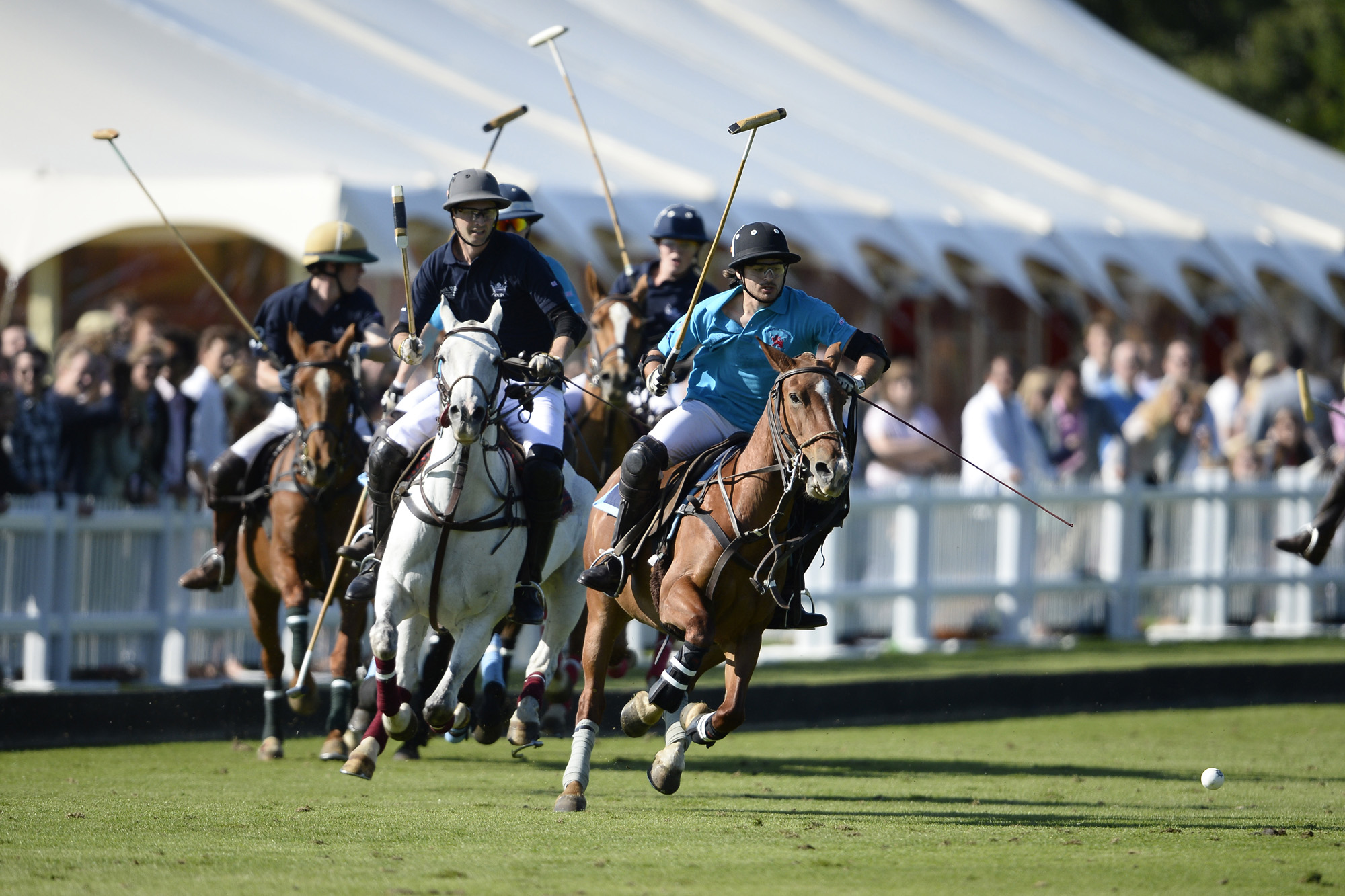How to play polo
- Introduction to Polo
- Understanding Polo Rules: Part 1
- Understanding Polo Rules: Part 2
Introduction to Polo
Understanding the Horses in Polo

Equestrian team sport.
The sport of Polo is as much about the horses as it is about the players. Known as 'Polo ponies', these equine athletes are integral to the game, and understanding their role, breed, training, and care is essential for anyone seeking to understand Polo.
The Importance of Horses in Polo
In Polo, the horse is not just a mode of transport for the player, but an active participant in the game. A good Polo pony can make all the difference in a match, with their speed, agility, and responsiveness playing a crucial role in the team's performance. The horse's ability to quickly change direction, stop and start, and maintain a steady pace throughout the game is vital. In fact, it is often said that a Polo pony contributes 70-80% to the success of the player.
Breed, Training, and Care of Polo Horses
Polo ponies are typically of a mixed breed, with Thoroughbreds being the most common due to their speed and endurance. However, the term 'Polo pony' refers more to the horse's training and ability than its breed.
Training a Polo pony is a meticulous process that can take several years. The horses are trained to be comfortable with the mallet, the ball, and the rough and tumble of the game. They are also trained to respond to subtle cues from the rider, allowing the player to focus on the game.
The care of Polo horses is paramount. They are athletes and are treated as such, with a strict diet and exercise regimen. Regular vet checks are a must to ensure the horse is in peak physical condition. The horses are also given plenty of rest and recovery time between games.
The Role of the Horse in Gameplay and Strategy
In a Polo match, the horse's role goes beyond just carrying the player around the field. The horse's speed and maneuverability are key strategic elements in the game. A fast horse can outrun opponents, while a horse with good agility can change direction quickly to evade defenders or chase down the ball.
The horse also plays a role in defense. A well-trained Polo pony can block or impede opposing players, creating opportunities for their rider.
In conclusion, the Polo pony is a vital part of the sport of Polo. Understanding the role, breed, training, and care of these equine athletes provides a deeper appreciation of the game and the incredible partnership between horse and rider that is at the heart of Polo.